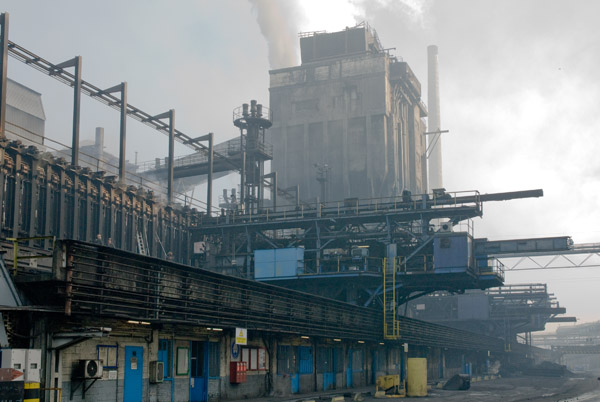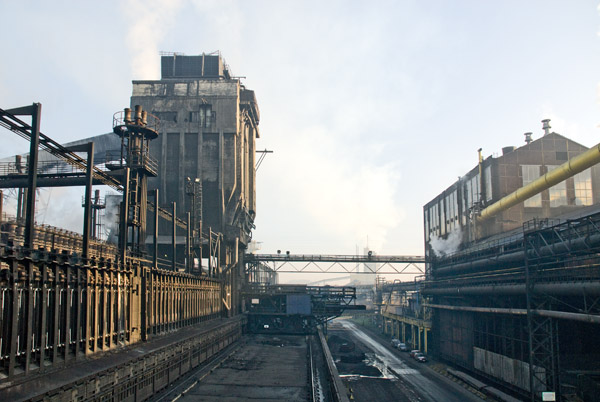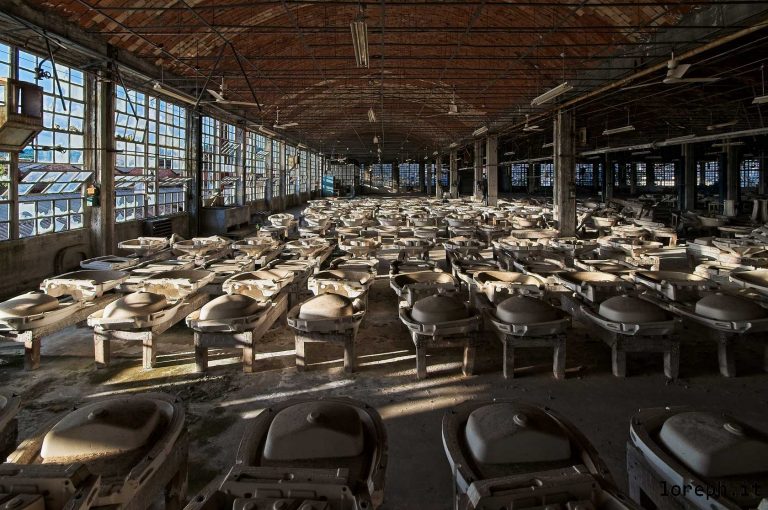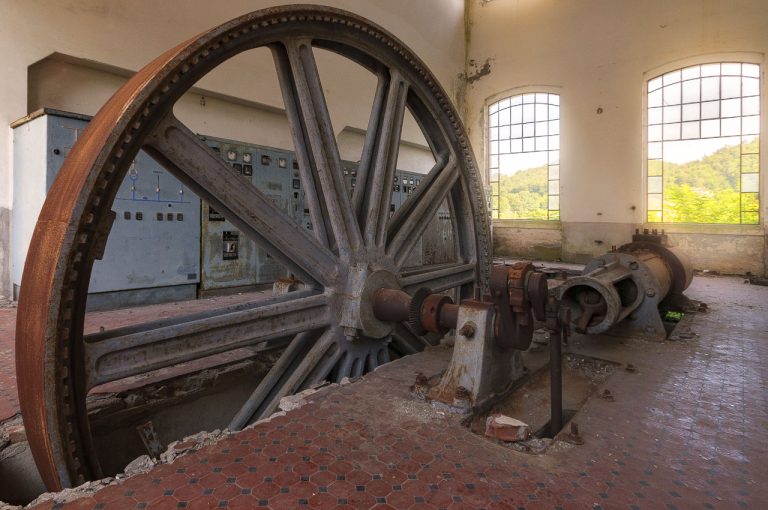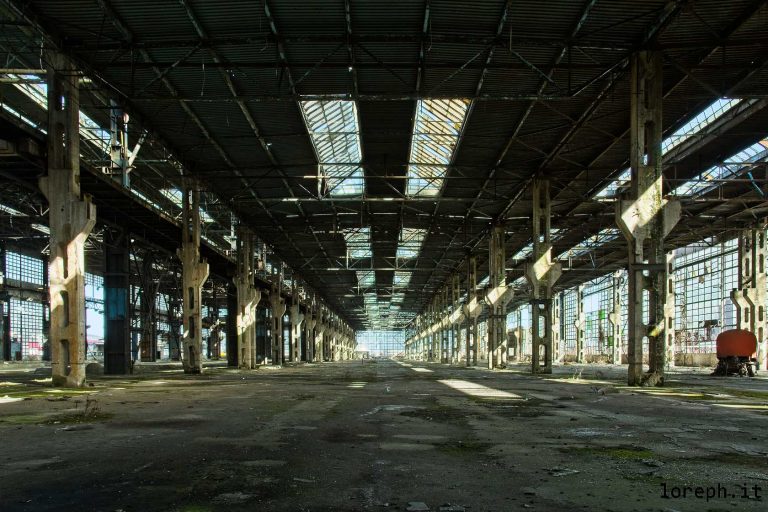BLACK COKES [BE]
Exploration #140. Black cokes, whose real name is Cokerie de Marchienne, or Cokerie de la Providence, is a old coke plant which dates back to 1838, when a coke-fired blast furnace was established along the river Sambre by the newborn company Société Anonyme des Laminoirs, Forges, Fonderies et Usines de la Providence (shorten Forges de la Providence). Although coke ovens were present on site since the beginning, a first modern coke plant was established in 1908 to support the three existing blast furnaces. At the time, the Providence steelworks were amongst the largest in the Charleroi region and whole Belgium too.
Improved occurred between the two world wars and in the mid 1930s, additional blast furnaces were built along with a large, modern coke plant. Equipped with a battery of 50 Koppers ovens, it had a capacity of 30.000-32.000 t/m and thus was able to satisfy the requirements of the whole site.
The two coke plants used to work side-by-side until the early 1950s, when the older one was dismantled and the newer improved. In addition to the original Koppers battery two Coppée ones were built, each one counting 26 ovens. This layout persisted for about thirty years, during which Forges de la Providence merged with several other Belgian steel companies until the creation of Cockerill-Sambre in 1981.
The latter controlled all the steelmaking sites in both Charleroi and Liège regions. Being the only one left of its kind in Charleroi, the Marchienne coke plant was improved through the addition of a fourth battery of 20 Didier ovens. This led to an overall capacity of 750000 t/y of metallurgical coke obtained in 122 ovens. Further corporate restructuring led to the creation of Carsid in 2001, which gathered together the last existing primary steel facilities in Charleroi, i.e. the Marchienne coke plant (Forges de la Providence), a sintering plant, a blast furnace and an OMB plant (all three originally belonging to Thy-Marcinelle et Monceau company).
Decreasing steel demand plus the obsolescence of inherited facilities made the life of Carsid lasting for just a few years. The coke plant was run down in 2008, leaving the rest mothballed until the definitive closure in 2012 (source: http://www.st-al.com/).
This industrial area was very large, here you can find explorations of the other zones: the coal injection plant, the water tower, the boiler house.


























